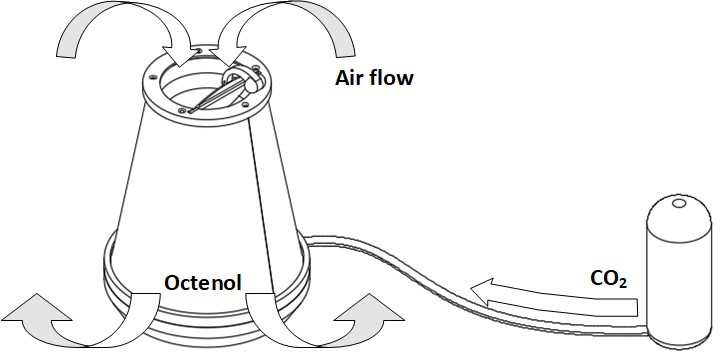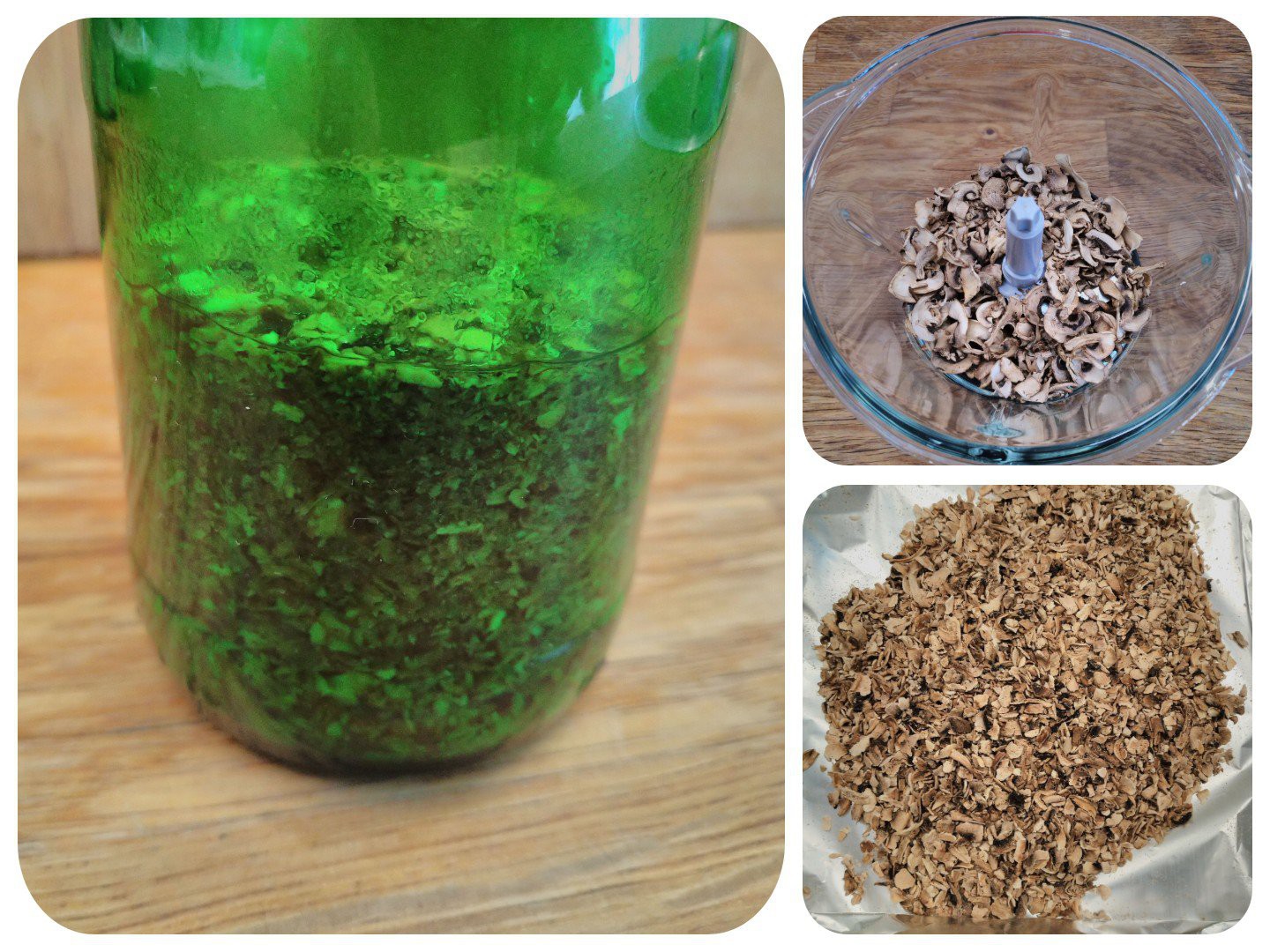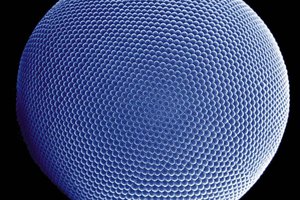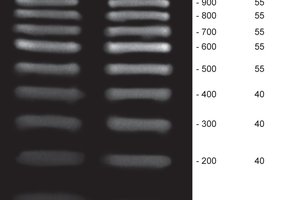I respect all living things, but things get complicated when it comes to mosquitoes. I respect them too, but I can't stand their buzz around me. They are indeed the deadliest predators and maybe play an important role in evolution [1]. Anyway, I don't like them, but they do like me. To equalize the equation, I started to learn more about them before eliminating them.
They are "sensory" creatures; I mean, they are equipped with sensors. They can detect infrared radiation from your blood vessels. They can detect surrounding airflow, carbon dioxide, and the smell coming from your skin. These are not restricted to these. Check out the video given also below. So, they are complicated creatures, and faking them would not be easy.
After searching and reading a lot of materials, the best and hopefully the effective solution could be to make a trap.
This trap will:
- Attract mosquitoes
- Suck them with a fan/impeller
- Trap them inside a container
Attracting mosquitoes is not easy. They are attracted to carbon dioxide and octenol. For example, using only a carbon dioxide gas will not work or work effectively than using carbon dioxide together with octenol [2].
I will try to extract octenol from mushrooms using a maceration technique. By the way, octenol and octanol are different chemicals. I will give details of extracting octenol later. After I have plenty of octenol then I will use this chemical as cartilage inside of the trap. I will also supply the system with a carbon dioxide source.
There will be a funnel inside of the trap. At the end of the funnel, a computer fan will be placed which sucking air from the top to the bottom of the trap. The air inside of the trap will be mixed with the attractive gasses, and then exit the trap from the sides. The trap mechanism is given in the figure below.

I gave a detailed drawing of the diffuser in the figure below. On top of the diffuser, I will place my homemade octenol cartridges.

[1] T. C. Winegard, The Mosquito: A Human History of Our Deadliest Predator, 1st edition. New York: Dutton, 2019.
[2] T. Chaiphongpachara and S. Sumruayphol, “Efficacies of five edible mushroom extracts as odor baits for resting boxes to attract mosquito vectors: A field study in Samut Songkhram Province, Thailand,” Tropical biomedicine, vol. 35, pp. 653–663, Oct. 2018.
 Engin
Engin





 bryan.lowder
bryan.lowder
 Kenji Larsen
Kenji Larsen

 Chuck Glasser
Chuck Glasser
I have one of those pricey mosquito traps that in addition to using CO2 attract tiger mosquitoes using proprietary fragances with lactic acid as the main active ingredient. They work very well: have you explored the possibility of adding lactic acid to your mushroom preparation?